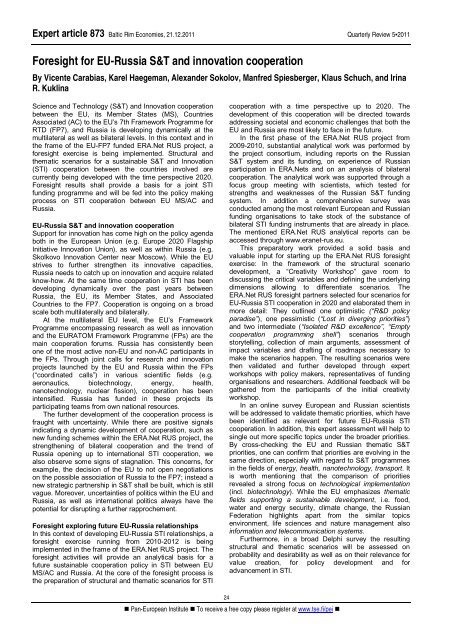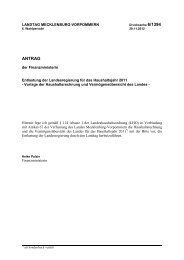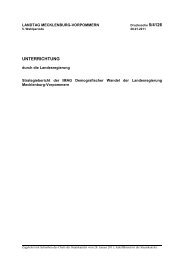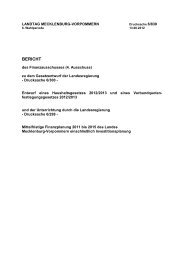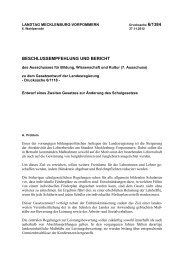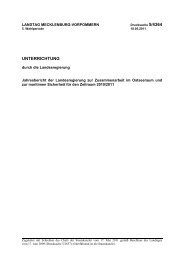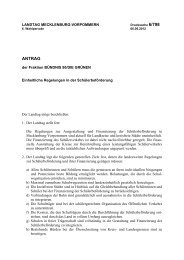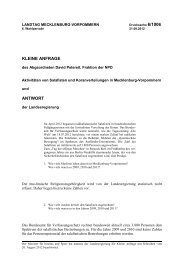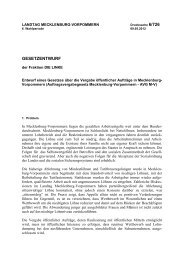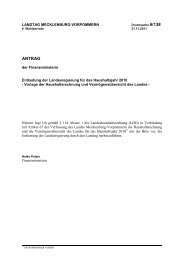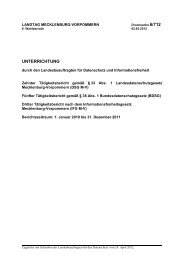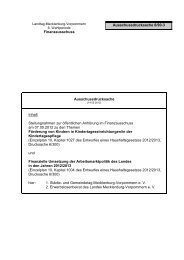Baltic Rim Economies - Baltic Port List
Baltic Rim Economies - Baltic Port List
Baltic Rim Economies - Baltic Port List
Create successful ePaper yourself
Turn your PDF publications into a flip-book with our unique Google optimized e-Paper software.
Expert article 873 <strong>Baltic</strong> <strong>Rim</strong> <strong>Economies</strong>, 21.12.2011 Quarterly Review 5�2011<br />
Foresight for EU-Russia S&T and innovation cooperation<br />
By Vicente Carabias, Karel Haegeman, Alexander Sokolov, Manfred Spiesberger, Klaus Schuch, and Irina<br />
R. Kuklina<br />
Science and Technology (S&T) and Innovation cooperation<br />
between the EU, its Member States (MS), Countries<br />
Associated (AC) to the EU’s 7th Framework Programme for<br />
RTD (FP7), and Russia is developing dynamically at the<br />
multilateral as well as bilateral levels. In this context and in<br />
the frame of the EU-FP7 funded ERA.Net RUS project, a<br />
foresight exercise is being implemented. Structural and<br />
thematic scenarios for a sustainable S&T and Innovation<br />
(STI) cooperation between the countries involved are<br />
currently being developed with the time perspective 2020.<br />
Foresight results shall provide a basis for a joint STI<br />
funding programme and will be fed into the policy making<br />
process on STI cooperation between EU MS/AC and<br />
Russia.<br />
EU-Russia S&T and innovation cooperation<br />
Support for innovation has come high on the policy agenda<br />
both in the European Union (e.g. Europe 2020 Flagship<br />
Initiative Innovation Union), as well as within Russia (e.g.<br />
Skolkovo Innovation Center near Moscow). While the EU<br />
strives to further strengthen its innovative capacities,<br />
Russia needs to catch up on innovation and acquire related<br />
know-how. At the same time cooperation in STI has been<br />
developing dynamically over the past years between<br />
Russia, the EU, its Member States, and Associated<br />
Countries to the FP7. Cooperation is ongoing on a broad<br />
scale both multilaterally and bilaterally.<br />
At the multilateral EU level, the EU’s Framework<br />
Programme encompassing research as well as innovation<br />
and the EURATOM Framework Programme (FPs) are the<br />
main cooperation forums. Russia has consistently been<br />
one of the most active non-EU and non-AC participants in<br />
the FPs. Through joint calls for research and innovation<br />
projects launched by the EU and Russia within the FPs<br />
(“coordinated calls”) in various scientific fields (e.g.<br />
aeronautics, biotechnology, energy, health,<br />
nanotechnology, nuclear fission), cooperation has been<br />
intensified. Russia has funded in these projects its<br />
participating teams from own national resources.<br />
The further development of the cooperation process is<br />
fraught with uncertainty. While there are positive signals<br />
indicating a dynamic development of cooperation, such as<br />
new funding schemes within the ERA.Net RUS project, the<br />
strengthening of bilateral cooperation and the trend of<br />
Russia opening up to international STI cooperation, we<br />
also observe some signs of stagnation. This concerns, for<br />
example, the decision of the EU to not open negotiations<br />
on the possible association of Russia to the FP7; instead a<br />
new strategic partnership in S&T shall be built, which is still<br />
vague. Moreover, uncertainties of politics within the EU and<br />
Russia, as well as international politics always have the<br />
potential for disrupting a further rapprochement.<br />
Foresight exploring future EU-Russia relationships<br />
In this context of developing EU-Russia STI relationships, a<br />
foresight exercise running from 2010-2012 is being<br />
implemented in the frame of the ERA.Net RUS project. The<br />
foresight activities will provide an analytical basis for a<br />
future sustainable cooperation policy in STI between EU<br />
MS/AC and Russia. At the core of the foresight process is<br />
the preparation of structural and thematic scenarios for STI<br />
24<br />
cooperation with a time perspective up to 2020. The<br />
development of this cooperation will be directed towards<br />
addressing societal and economic challenges that both the<br />
EU and Russia are most likely to face in the future.<br />
In the first phase of the ERA.Net RUS project from<br />
2009-2010, substantial analytical work was performed by<br />
the project consortium, including reports on the Russian<br />
S&T system and its funding, on experience of Russian<br />
participation in ERA.Nets and on an analysis of bilateral<br />
cooperation. The analytical work was supported through a<br />
focus group meeting with scientists, which tested for<br />
strengths and weaknesses of the Russian S&T funding<br />
system. In addition a comprehensive survey was<br />
conducted among the most relevant European and Russian<br />
funding organisations to take stock of the substance of<br />
bilateral STI funding instruments that are already in place.<br />
The mentioned ERA.Net RUS analytical reports can be<br />
accessed through www.eranet-rus.eu.<br />
This preparatory work provided a solid basis and<br />
valuable input for starting up the ERA.Net RUS foresight<br />
exercise: In the framework of the structural scenario<br />
development, a “Creativity Workshop” gave room to<br />
discussing the critical variables and defining the underlying<br />
dimensions allowing to differentiate scenarios. The<br />
ERA.Net RUS foresight partners selected four scenarios for<br />
EU-Russia STI cooperation in 2020 and elaborated them in<br />
more detail: They outlined one optimistic (“R&D policy<br />
paradise”), one pessimistic (“Lost in diverging priorities”)<br />
and two intermediate (“Isolated R&D excellence”, “Empty<br />
cooperation programming shell”) scenarios through<br />
storytelling, collection of main arguments, assessment of<br />
impact variables and drafting of roadmaps necessary to<br />
make the scenarios happen. The resulting scenarios were<br />
then validated and further developed through expert<br />
workshops with policy makers, representatives of funding<br />
organisations and researchers. Additional feedback will be<br />
gathered from the participants of the initial creativity<br />
workshop.<br />
In an online survey European and Russian scientists<br />
will be addressed to validate thematic priorities, which have<br />
been identified as relevant for future EU-Russia STI<br />
cooperation. In addition, this expert assessment will help to<br />
single out more specific topics under the broader priorities.<br />
By cross-checking the EU and Russian thematic S&T<br />
priorities, one can confirm that priorities are evolving in the<br />
same direction, especially with regard to S&T programmes<br />
in the fields of energy, health, nanotechnology, transport. It<br />
is worth mentioning that the comparison of priorities<br />
revealed a strong focus on technological implementation<br />
(incl. biotechnology). While the EU emphasizes thematic<br />
fields supporting a sustainable development, i.e. food,<br />
water and energy security, climate change, the Russian<br />
Federation highlights apart from the similar topics<br />
environment, life sciences and nature management also<br />
information and telecommunication systems.<br />
Furthermore, in a broad Delphi survey the resulting<br />
structural and thematic scenarios will be assessed on<br />
probability and desirability as well as on their relevance for<br />
value creation, for policy development and for<br />
advancement in STI.<br />
� Pan-European Institute � To receive a free copy please register at www.tse.fi/pei �


